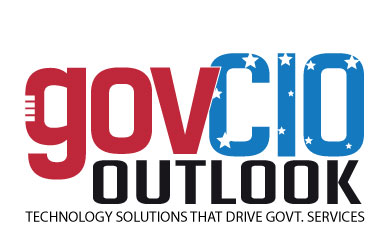Welcome back to this new edition of Gov CIO Outlook !!!✖
NOVEMBER - 2021 9GOVERNMENT CIO OUTLOOKWe also supported opening a field hospital at the DCU Center, an entertainment and convention venue, when our local hospitals became overwhelmed with patients in the ICU. Environmental health staff spent hours each week on calls with the state department of public health and other entities receiving and synthesizing guidance that was coming out daily. The team continues to answer thousands of phone calls and emails from frightened residents and confused business owners about the Governor's phases of reopening. Complaints about lack of social distancing and masks continue to flow into the office each day. The Chief of Community Health became our contact tracing coordinator, securing medical volunteers to augment our lean public health nursing team.Each day, our epidemiologist pulls the new positive cases from MAVEN, our statewide database that monitors communicable diseases. The data is then shared with the nurses who determine which cases they will contact, which ones will be shared with our trained volunteers, and which cases will be sent to the state's Contact Tracing Collaborative (CTC). At any one time, 25 individuals are calling positive cases. Addresses are verified and then shared with dispatch (an order from the state) to add to a positive address list to ensure additional PPE is worn for any emergency calls. In addition to dozens of calls being made, a matrix of questions is asked to determine any close contacts, who are also contacted. Depending on the outcome, they may need to be in isolation or quarantine. The purpose of this is to mitigate the transmission of the virus, but also understand any commonalities to determine a source. Contact tracing is the single most effective tool public health has to stop the spread of COVID-19. This practice has been in place for decades and is still being used during the pandemic. Isolating the source of an outbreak assists public health, as well as local and state officials, with adjusting education, messaging, and testing resources. As contact tracing continues, public health now faces a twindemic; the flu and COVID-19. A push is on to encourage flu vaccinations, especially for those in high-risk categories. A recent mandate by the state department of public health requires all school-aged children to receive a flu shot. At the same time, we are focusing on reviewing and drilling our emergency dispensing site plans (EDS). Post 9/11, local public health began planning for large scale disasters and response, including pandemics. In order to mass vaccinate an entire population within a 24-48 hour period, careful and thoughtful plans have been developed. They include pre-identified facilities that were selected based upon ease of accessibility and flow. However, drive-thrus and other special accommodations may be deployed to ensure those with limited access to transportation can receive a vaccination. In particular, intensive outreach will be conducted to communities of color that are disproportionately impacted by COVID-19. These plans will require cooperation for various departments and hundreds of volunteers. Public health continues to mitigate the spread of COVID-19 through education, contact tracing, and vaccinations. Karyn E. Clark
< Page 8 | Page 10 >
< Page 8 | Page 10 >
